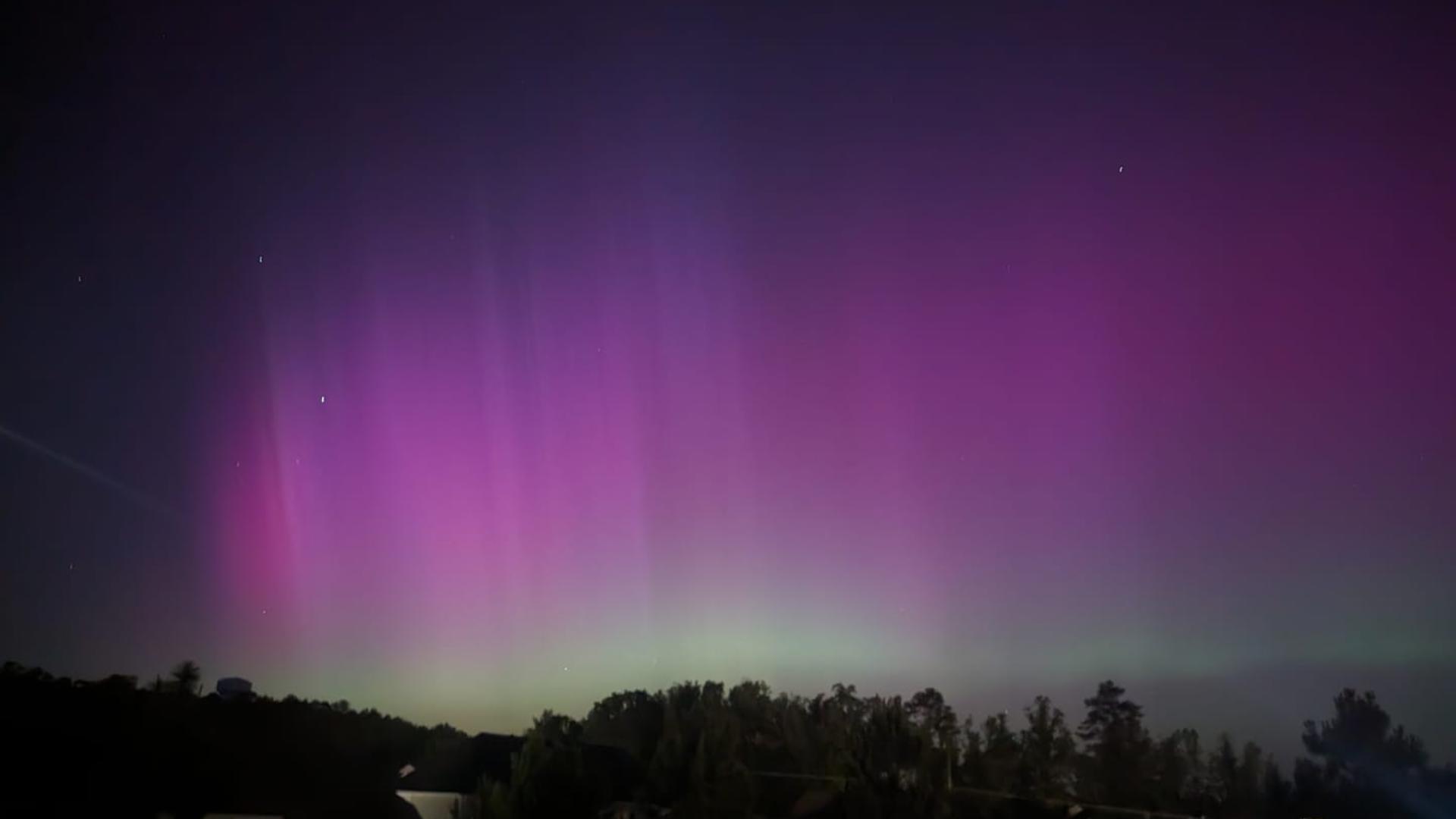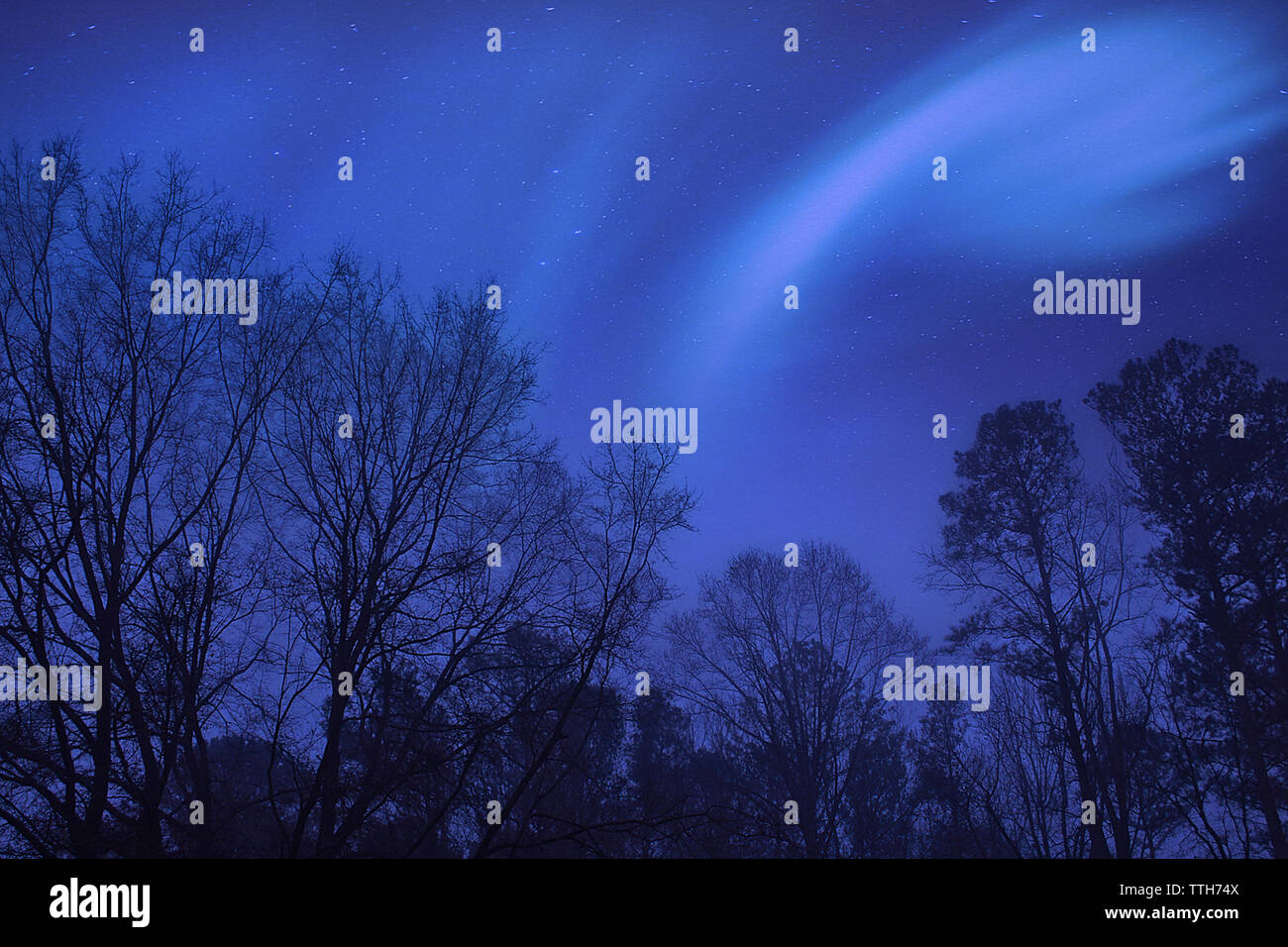Imagine driving through the serene North Georgia mountains at night and suddenly being greeted by a dazzling display of lights in the sky. It’s like nature’s own light show, and it’s happening right here in North Georgia. The North Georgia Lights phenomenon has captured the imagination of locals and visitors alike, drawing people from all over the country to witness this breathtaking spectacle. Whether you’re a stargazer, a nature enthusiast, or just someone who loves a good adventure, this experience is one you don’t want to miss.
North Georgia Lights aren’t your average city lights. These aren’t the glow of billboards or the reflection of street lamps. No, these lights are something entirely different. They’re a natural phenomenon that occurs in the mountainous regions of North Georgia, and they’re unlike anything you’ve ever seen before. Think of it as Mother Nature’s version of a fireworks display, but way cooler.
So, what exactly are the North Georgia Lights? Well, buckle up because we’re about to take you on a journey through the history, science, and magic behind this mesmerizing event. We’ll also give you some insider tips on the best places to see the lights, how to plan your trip, and what to expect when you’re out there under the stars. Let’s dive in!
Read also:Christina Schwarzenegger The Woman Who Embraces Strength And Grace
What Are North Georgia Lights?
The North Georgia Lights are a natural phenomenon that occurs in the mountainous regions of North Georgia. These lights are believed to be caused by a combination of atmospheric conditions, geological features, and even bioluminescent organisms. Some people call them “ghost lights,” while others refer to them as “earthquake lights” or “mountain lights.” Whatever you call them, one thing is for sure—they’re absolutely mesmerizing.
These lights can appear in different forms, from glowing orbs to streaks of light that dance across the sky. Some reports suggest that the lights change colors, while others describe them as steady and unchanging. Whatever the case may be, there’s no denying that the North Georgia Lights are a sight to behold.
Why Do They Occur?
So, why do the North Georgia Lights happen? Scientists are still studying this phenomenon, but there are a few theories out there. One theory suggests that the lights are caused by tectonic activity deep beneath the Earth’s surface. When pressure builds up in fault lines, it can release electrical charges that manifest as lights in the sky. Another theory points to bioluminescent organisms, such as fungi or algae, that emit light in response to environmental stimuli.
Whatever the cause may be, the North Georgia Lights are a reminder of how much we still have to learn about our planet. It’s like nature’s way of saying, “Hey, there’s still magic out there!”
History of the North Georgia Lights
The North Georgia Lights have been observed for centuries, with local legends and folklore surrounding their origin. Native American tribes in the area have long spoken of mysterious lights in the mountains, often attributing them to spiritual or supernatural causes. European settlers in the region also reported seeing the lights, and some even wrote about them in their journals.
In the 19th century, the North Georgia Lights gained national attention when scientists began studying the phenomenon. One of the most famous accounts comes from the journal of a geologist who visited the area in the 1870s. He described the lights as “a series of glowing orbs that appeared to hover over the mountains,” and his observations sparked a wave of interest in the phenomenon.
Read also:Tim Tebow The Inspiring Life And Impact Of A Multifaceted Icon
Local Legends and Myths
Every good mystery has its share of legends, and the North Georgia Lights are no exception. One of the most popular legends tells the story of a lost Cherokee princess who roams the mountains, carrying a lantern in search of her lost love. Another legend speaks of a treasure hidden deep in the mountains, guarded by spirits who use the lights to ward off intruders.
While these stories may be more myth than fact, they add a layer of intrigue to the already fascinating phenomenon. Who knows? Maybe there’s a kernel of truth in these tales just waiting to be uncovered.
Best Spots to See the North Georgia Lights
If you’re planning a trip to see the North Georgia Lights, you’ll want to know where to go for the best views. Here are some of the top spots to consider:
- Amicalola Falls State Park: Located near Dawsonville, this park offers stunning views of the surrounding mountains and is a great place to catch the lights.
- Stone Mountain Park: While not as remote as some of the other spots, Stone Mountain Park provides a unique perspective on the lights, especially from the top of the mountain.
- Cloudland Canyon State Park: Known for its breathtaking vistas, this park is a favorite among stargazers and light enthusiasts alike.
- Blue Ridge Mountains: The Blue Ridge Parkway offers endless opportunities to see the lights, especially during the cooler months when the air is clearer.
Tips for Spotting the Lights
Seeing the North Georgia Lights isn’t as simple as just showing up at a location. Here are a few tips to increase your chances of spotting the lights:
- Visit during the cooler months, as the lights tend to appear more frequently in the fall and winter.
- Stay away from areas with heavy light pollution, as this can interfere with your ability to see the lights.
- Be patient! The lights can be unpredictable, so it’s important to give yourself plenty of time to observe.
Science Behind the North Georgia Lights
While the North Georgia Lights may seem like magic, there’s actually some science behind them. As we mentioned earlier, scientists believe that the lights are caused by a combination of geological and atmospheric factors. Here’s a closer look at some of the theories:
One theory suggests that the lights are the result of piezoelectricity, a phenomenon where certain materials produce an electric charge when subjected to mechanical stress. In the case of the North Georgia Lights, this stress could be caused by tectonic activity in the region.
Another theory points to the presence of bioluminescent organisms, such as glow worms or fungi, that emit light in response to environmental changes. While this theory is less commonly accepted, it’s still an interesting possibility worth exploring.
Research and Studies
Scientists around the world are studying the North Georgia Lights to better understand their cause. One of the most notable studies was conducted by a team of geologists from the University of Georgia, who spent several months observing the lights in the field. Their findings suggest that the lights may be linked to seismic activity in the region, but more research is needed to confirm this theory.
Other studies have focused on the atmospheric conditions that contribute to the lights, such as humidity levels, temperature, and wind patterns. By analyzing these factors, researchers hope to gain a deeper understanding of the phenomenon.
How to Plan Your Trip
Planning a trip to see the North Georgia Lights doesn’t have to be complicated. Here’s a quick guide to help you get started:
Step 1: Choose Your Location – Start by deciding where you want to go. Consider factors like accessibility, amenities, and proximity to other attractions.
Step 2: Check the Weather – The weather can play a big role in your ability to see the lights, so be sure to check the forecast before you head out.
Step 3: Pack the Essentials – Bring along a flashlight, warm clothing, and any other gear you might need for a night in the mountains.
What to Expect
When you’re out there in the mountains, keep in mind that the lights can be unpredictable. Some nights you might see a dazzling display, while other nights you might not see anything at all. That’s part of the charm, though—there’s always an element of surprise.
Also, be prepared for some hiking, as many of the best viewing spots require a bit of effort to reach. But trust us, the view is worth it!
Photographing the North Georgia Lights
Want to capture the North Georgia Lights on camera? Here are a few tips to help you get the best shots:
- Use a tripod to stabilize your camera and avoid blurry photos.
- Experiment with different exposure settings to capture the lights in all their glory.
- Shoot in RAW format to give yourself more flexibility in post-processing.
Remember, the lights can be faint, so it may take some trial and error to get the perfect shot. Don’t get discouraged if your first few attempts don’t turn out as expected—practice makes perfect!
Editing Your Photos
Once you’ve captured your photos, you can enhance them using photo editing software. Adjust the brightness, contrast, and color balance to bring out the details in the lights. Just be careful not to overdo it—you want your photos to look natural, not overly processed.
North Georgia Lights and Local Culture
The North Georgia Lights have become an integral part of the local culture in the region. Many communities host events and festivals to celebrate the phenomenon, drawing visitors from all over the country. These events often include stargazing sessions, guided hikes, and educational workshops on the science behind the lights.
Local businesses have also embraced the phenomenon, offering packages and tours specifically designed for light enthusiasts. From guided hikes to overnight camping trips, there’s something for everyone who wants to experience the magic of the North Georgia Lights.
Supporting Local Communities
If you’re planning a trip to see the North Georgia Lights, consider supporting local businesses and communities. By staying at local lodges, eating at local restaurants, and purchasing souvenirs from local vendors, you can help sustain the economy and preserve the unique culture of the region.
Conclusion
The North Georgia Lights are a truly magical experience that everyone should have the chance to witness at least once in their lifetime. Whether you’re fascinated by the science behind the phenomenon or simply captivated by its beauty, there’s no denying that the lights are a testament to the wonders of our natural world.
So, what are you waiting for? Grab your camera, pack your gear, and head out to the mountains for an adventure you’ll never forget. And don’t forget to share your experiences with us in the comments below—we’d love to hear about your journey!
Table of Contents


